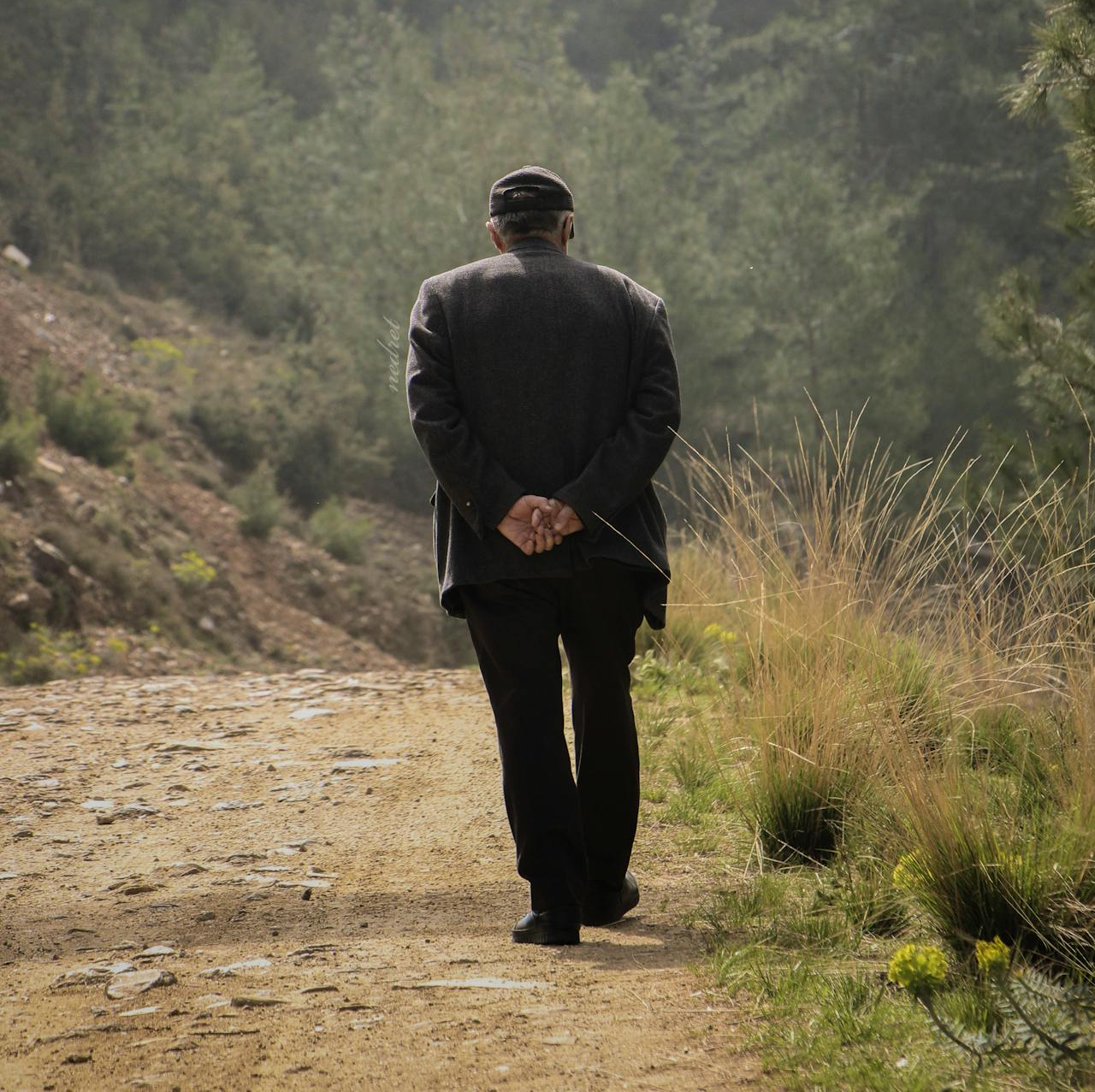An Overview of The Thrift Savings Plan (TSP)

Federal employees don’t have access to the same workplace retirement plans as private-sector workers. The Thrift Savings Plan (TSP) is retirement savings account for people who recently joined the federal government as civilians or military personnel.
The TSP is a government-sponsored retirement plan, similar to a 401(k) offered by private firms. Consider it a 401(k) for federal employees.
What’s a TSP?
• A government employee covered by the Federal Employees Retirement System (FERS).
• A government employee covered by the Civil Service Retirement System (CSRS).
• A uniformed service member.
• A civilian in other federal posts, such as some legislative positions, justices, and judges.
A 5% salary contribution is automatic for federal employees. Your organization or service may match your TSP contributions, similar to how employers match 401(k) contributions. The automatic 5% contribution can be altered or lowered, but only those who contribute at least 5% qualify for a matching contribution.
New employees should watch for their TSP account number, internet password, and ThriftLine PIN, which they’ll receive by mail. TSP’s automatic response system is called ThriftLine. There you can create your online profile and start making investment decisions.
What amount can you contribute to the TSP?
The IRS set the 2022 TSP voluntary deferral cap at $20,500. The catch-up contribution ceiling is $6,500 for participants turning 50 in 2022.
TSP vs. Roth TSP
Like a 401(k) or IRA, there are traditional and Roth contribution alternatives. Traditional contributions are made pre-tax, grow tax-deferred, and are taxed when you start to withdraw. In other words, Roth contributions are withdrawn from your salary after taxation, meaning taxes are paid upfront yet are tax-free once eligible withdrawals are made. To start qualified withdrawals, you must be at least 59 1/2 years old and have contributed to your Roth TSP for five years.
Tax-free contributions
Uniformed service members can contribute while earning tax-free battle pay. Traditional contributions aren’t taxed, but earnings are when withdrawn. If the contributions are Roth, the withdrawals are tax-free (if qualifications are met).
Types of TSP investments
There are two main types of investments you can choose from in the TSP plan. The first, L Funds, are like target-date funds in 401(k)s. The second is a choice of five investment funds, each with a unique risk profile and asset allocation.
L-Fund
Like target-date funds, L Funds assume participants won’t need their money for a long time. So, the younger you are, the riskier the investment allocation could be. The older you are, the fund shifts into safer positions or cash, so your money is available for retirement. If you’re nearing retirement, the L Income Fund is recommended since it’s intended to protect your savings.
It comprises five TSP investment funds, weighted by risk and time horizon.
Individual TSP funds
If participants don’t select the L Fund option, the TSP provides five different investment funds from which to pick. Each fund has its unique risk profile and asset concentration. The following funds are available:
• The Government Securities Investment (G) Fund: The Government Securities Investment (G) Fund invests in short-term U.S. Treasury securities. It allows you to earn interest rates comparable to long-term government securities while avoiding the risk of principal loss. As with all government securities, their payment is guaranteed by the complete confidence and credit of the U.S. government.
• The Fixed Income Index Investment (F) Fund: The F Fund invests in U.S. government, mortgage-backed, corporate, and foreign government bonds to track the Bloomberg Barclays U.S. Aggregate Bond Index. This fund is riskier than the G Fund but has a low-to-moderate risk profile.
• The Common Stock Index Investment (C) Fund: The C Fund‘s assets match the S&P 500 stock index, implying a moderate risk level with a greater potential rate of return.
• The Small Capitalization Stock Index Investment (S) Fund: The Dow Jones U.S. Completion Total Stock Market Index is the S Fund’s asset benchmark. Because this fund invests in both small and mid-cap stocks, the risk level is higher than that of the C Fund.
• The International Stock Index Investment (I) Fund: The International Stock Index Investment (I) Fund invests in an index replicating the MSCI EAFE Index, exposing it to various international stocks. It primarily consists of significant corporations from over 20 industrialized nations and provides your account with worldwide equity exposure.
There’s one essential distinction: TSP funds are trust funds governed by the Office of the Comptroller of the Currency rather than the Securities and Exchange Commission, which regulates all other publicly traded equities. As a result, they lack easily searchable tickers. Investors can, however, monitor the performance of the appropriate indexes to their TSP fund of choice.
TSP vs. 401(k)
The TSP was designed to be similar to the 401(k) plan, but there are significant distinctions. Although tax rules, restrictions, and contribution systems are comparable, the selection of investment possibilities is significantly different.
401(k) plans are offered by private corporations that can provide basically any mix of investments they want, opening up a wide range of possibilities for individual investors. They are solely constrained by their employer’s plan options.
Conclusion
A TSP plan is an excellent method for government employees to begin investing for their retirement. Though the investment selections and servicing regulations differ from those of a standard 401(k), both purposes are broadly similar.
It’s crucial to understand that the individual investment funds in a TSP plan are what’s invested in their L Funds, so if you invest in both, you risk having your investments overlap.
Contact Information:
Email: [email protected]
Phone: 3604642979
Bio:
After entering the financial services industry in 1994, it was a desire to guide people towards their financial independence that drove Aaron to start Steele Capital Management in 2013. Armed with an extensive background in financial planning and commercial banking coupled with a sincere passion for helping people, Aaron has the expertise and affinity for serving the unique needs of those in transition. Clients benefit from his objective financial solutions and education aligned solely withhelping them pursue the most comfortable financial life possible.Born in Olympia, Washington, Aaron spent much of his childhood in Denver, Colorado. An area outside of Phoenix, Arizona, known as the East Valley, occupies a special place in Aaron’s heart. It is where he graduated from Arizona State University with a Bachelor of Science degree in Business Administration, started a family, and advanced his professional career.Having now returned to his hometown of Olympia, and with the days of coaching his sons football and baseball teams behind him, he now has time to pursue his civic passions. Aaron is proud to serve on the Board of Regents Leadership for Thurston County as the Secretary and Treasurer for the Morningside area. His past affiliations include the West Olympia Rotary and has served on various committees for organizations throughout his community.Aaron and his beautiful wife, Holly, a Registered Nurse, consider their greatest accomplishment having raised Thomas and Tate, their two intelligent and motivated sons. Their oldest son Tate is following in his father’s entrepreneurial footsteps and currently attends the Carson College of Business at Washington State University. Their beloved youngest son, Thomas, is a student at Olympia High School.Focused on helping veterans and their families navigate the maze of long-term care solutions, Aaron specializes in customized strategies to avoid the financial crisis that care related expenses can create. Experience has shown him that many seniors are not prepared for the economic transition that takes place as they reach an advanced age.With support from the American Academy of Benefit Planners – an organization with expertise and resources on the intricacies of government benefits – he helps clients close the gap between the cost of care and their income while protecting their assets from depletion.Aaron can help you and your family to create, preserve and protect your legacy.That’s making a difference.
Disclosure:
Disclosure:Investment advisory services are offered through BWM Advisory, LLC (BWM). BWM is registered as an Investment Advisor located in Scottsdale, Arizona, and only conducts business in states where it is properly licensed, notice filed, or is excluded from notice filing requirements. BWM does not accept or take responsibility for acting on time-sensitive instructions sent by email or other electronic means. Content shared or published through this medium is only intended for an audience in the States the Advisor is licensed in. If you are not the intended recipient, you are hereby notified that any dissemination, distribution, or copy of this transmission is strictly prohibited. If you receive this communication in error, please immediately notify the sender. The information included should not be considered investment advice. There are risks involved with investing which may include market fluctuation and possible loss of principal value. Carefully consider the risks and possible consequences involved prior to making an investment decision.Confidential Notice and Disclosure: Electronic mail sent over the internet is not secure and could be intercepted by a third party. For your protection, avoid sending confidential identifying information, such as account and social security numbers. Further, do not send time-sensitive, action-oriented messages, such as transaction orders, fund transfer instructions, or check stop payments, as it is our policy not to accept such items electronically. All e-mail sent to or from this address will be received or otherwise recorded by the sender’s corporate e-mail system and is subject to archival, monitoring or review by, and/or disclosure to, someone other than the recipient as permitted and required by the Securities and Exchange Commission. Please contact your advisor if there are any changes in your personal/financial situation or investment objectives for the purpose of reviewing/evaluating/revising our previous recommendations and/or services. Additionally, if you change your address or fail to receive account statements from your account custodian, please contact our office at [email protected] or 800-779-4183.
Popular posts

CSRS Pensions Explained: How...
Key Takeaways CSRS pensions...

FEGLI Premiums Are Rising:...
Key Takeaways FEGLI premiums...
Free Retirement Benefits Analysis
Federal Retirement benefits are complex. Not having all of the right answers can cost you thousands of dollars a year in lost retirement income. Don’t risk going it alone. Request your complimentary benefit analysis today. Get more from your benefits.
I want more



